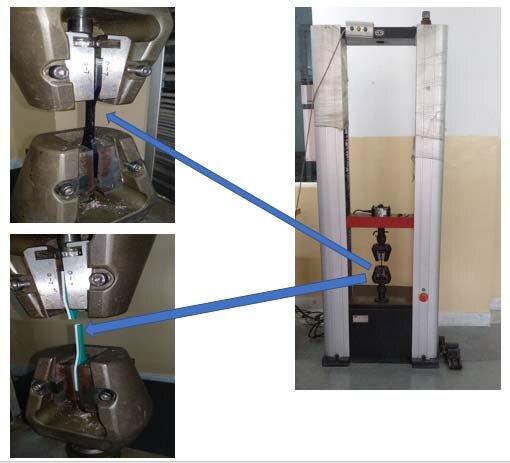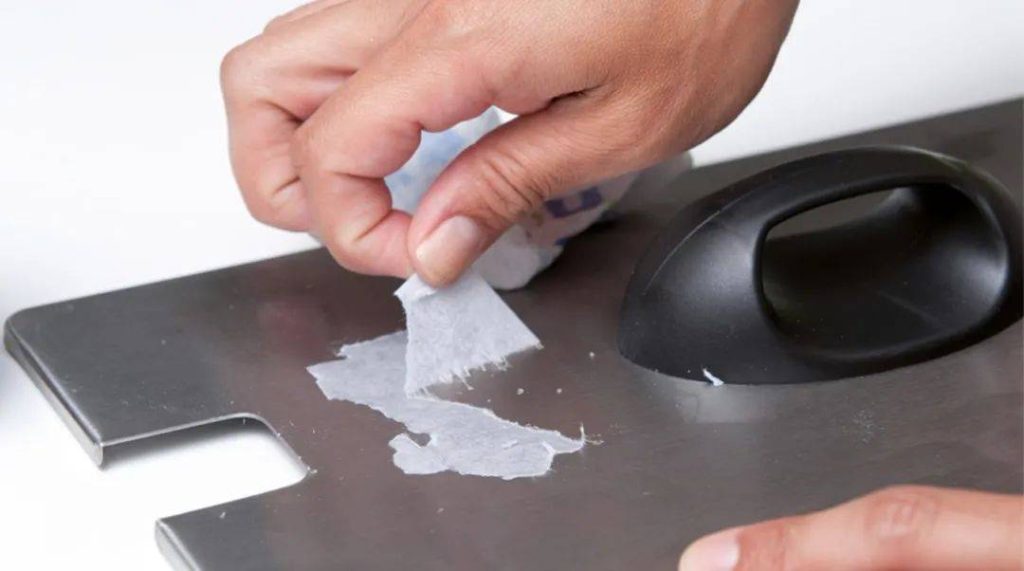Have you ever wondered why some packages arrive safely while others don’t stand a chance? The answer often lies in the quality and application of packing tape. Proper application not only secures your packages but also ensures they withstand the rigors of transportation and storage. In this article, we will explore the rigorous testing behind packing tape, the best practices for manual application, the influence of techniques on tape selection, and the many factors that impact adhesive performance.
How is Packing Tape Tested for Performance?
Testing for Quality and Strength
Before it’s ready to hit the shelves, packing tape must pass a series of rigorous tests to ensure that it can meet the demands of the job it was designed for and maintain a strong hold without failing. Many test methods exist, but the major test methods are performed during the Physical Testing and Application Testing processes of the tapes.
Performance testing of packing tape is regulated by the Pressure Sensitive Tape Council (PSTC) and the American Society of Testing and Materials (ASTM). These organizations set the standards for quality testing for tape manufacturers.

Physical Testing Methods
Physical testing examines the tape’s properties, such as peel, tack, and sheer—three characteristics balanced to produce quality packing tape. Some common tests include:
Adhesion to Stainless Steel measures the amount of force it takes to remove the tape from a stainless steel substrate. While packing tape is typically not used on stainless steel, testing on this material helps to establish the tape’s adhesive properties on a consistent substrate.
Adhesion to Fiberboard measures the force needed to remove the tape from fiberboard, which is the material most often used in its intended application.
Shear Strength measures the adhesive’s ability to resist slippage. This characteristic is critical in carton sealing applications, where tape tabs are under constant force from the memory in the major flaps of the carton, which tend to return to an upright position.
Tensile Strength measures the load the backing can handle up to its breaking point. Tape is tested for tensile strength in both transverse and longitudinal directions, meaning across the width and the length of the tape.
Elongation is the percentage of stretch incurred until the tape’s breaking point. For optimal performance, elongation and tensile strength need to be balanced; you wouldn’t want a tape that is too stretchy or one that lacks stretch entirely.
Thickness, also known as the gauge of a tape, combines adhesive coat weight with the thickness of the backing material to yield an exact measure of overall tape thickness. Higher grades of tape feature a thicker backing and a heavier adhesive coat weight for heavy-duty applications.
Related article: Technical introduction to adhesive tape.
Application Testing
Application testing can vary between manufacturers and can be customized for different types of tapes. In addition to product specification tests, packing tapes are also evaluated for transit performance. The International Safe Transit Authority (ISTA) regulates these tests, which often include drop tests and vibration testing that simulates the movement of products in transit. Temperature and humidity testing are also conducted to determine how well the tape and its packaging hold up in non-conditioned spaces. These tests are crucial because if the tape can’t survive the supply chain, it doesn’t matter how well it performed on the packaging line.
Regardless of the type of packing tape you require, you can be confident it has been rigorously tested to meet the manufacturer’s quality claims and comply with PSTC and ASTM standards.

What is the Proper Way to Manually Apply Packing Tape?
The Manual Application Process
Manually applying packing tape to cartons using a hand-held dispenser is common in small-scale, non-automated packaging operations. Since using a hand dispenser is often seen as self-explanatory, packaging technicians may overlook training on the best practices for manual application to achieve optimal results.
Key Considerations for Effective Application
To ensure secure carton seals throughout the supply chain, consider a few important aspects.
Tape Tab Length
Tape Tab Length is crucial for a secure carton seal. The tab length, or the segment of tape that folds over the edge of the carton, provides extra reinforcement. Tabs that are too short can lead to seal failure, while overly long tabs result in unnecessary tape waste. In most cases, optimal tab lengths are around 2 to 3 inches, but you can adjust based on carton size and weight.
Wipe-Down Force
Wipe-Down Force is another vital aspect. Pressure-sensitive packing tapes require adequate force for the adhesive to fully bond with the substrate. Never underestimate the importance of wiping down the tape after applying it. While some dispensers promote effective wipe-down force, it’s always best practice to firmly press the tape down with your hand to ensure it adheres properly.
Amount of Tape
Amount of Tape matters too. While sufficient tape is necessary to seal the box, using too much can result in waste. A quality packing tape should only require one strip down the center seam to seal effectively. Rightsizing your tape—finding the right width for the cartons you are sealing—contributes to achieving a secure seal with minimal waste.

How Does Method of Tape Application Influence Tape Selection?
Manual vs. Automated Application
In an industrial setting, there are two primary methods for applying packing tape: manual processes using a hand-held tape dispenser and automated processes using a case sealer. The method you choose directly impacts the type of tape that will work best in your operation.
Considerations for Manual Application
In a manual setting, critical features include easy unwind, good tack for initial grip on the carton, and strong film backing to prevent stretching and breaking. Consider quieter tapes if working in environments where noise could be distracting.
For applications involving shingling or stacking several strips for a seal, tapes with good adhesion to their backing may be ideal.
Features for Automated Operations
For automated settings, focus on easy unwind to minimize tape breakage during application. Tapes with instant adhesion are beneficial in environments requiring immediate palletization of cartons. If sealing overfilled cartons, where major flaps are under constant stress, a tape with excellent holding power is vital.
Furthermore, don’t overlook external stress factors such as lifting, sliding, and movements from forklifts, which can threaten seal integrity. Look for durable tape options that deliver high shear strength to help maintain adhesion during high-demand conditions.
Related article: Selecting packing tape by its grade.

What Impacts a Packing Tape’s Ability to Stay Adhered to a Carton?
The Delicate Balance of Application
In theory, case sealing is simple: cartons enter, tape gets applied, and sealed cartons get palletized for transport or storage. However, the reality is more complex. The performance and reliability of packing tape hinge on the harmonious collaboration between the packaging machine, tape applicator, and tape itself.
Environmental Conditions
Several factors can impact the tape’s adherence to a carton. Environmental conditions, such as dust, dirt, humidity, and extreme cold, can significantly affect packing tape performance. A dusty or moist surface can hinder the adhesive’s ability to bond effectively, leading to seal failure.
Application Technique
Other influences include tension from a misadjusted tape applicator, stress from high-speed operations, and poor unwind characteristics of the packing tape. Any of these issues can lead to stretching or breaking, negatively affecting seal quality and the overall efficiency of the packaging line.
Consider a case study from a leading logistics company that found that using the wrong type of packing tape resulted in an increase of seal failures by 23%, causing substantial material loss during transit. Such evidence underscores the importance of selecting the right tape and applying it correctly within the unique environmental contexts of your operations.
Conclusion
In conclusion, proper application of packing tape is essential for ensuring that packages remain sealed and protected throughout the supply chain. By understanding performance testing, application methods, and the various factors influencing adhesive strength, you can make informed decisions that optimize your packing process. At Fonitaniya Tape, we have been an industry leader in adhesive solutions for over 15 years, continually innovating in the development of packing tape that meets the diverse needs of our clients. Trust us to provide the reliable solutions required to keep your products safe and intact.
FAQs
What types of packing tape are available?
Packing tape comes in various forms including acrylic, hot melt, and water-activated options.
How can I ensure packing tape adheres properly?
Make sure surfaces are clean and dry and apply adequate wipe-down pressure after taping.
How do I choose the right packing tape for my application?
Consider factors like carton size, weight, and environmental conditions when selecting packing tape.
Can packing tape be used for heavy items?
Yes, but ensure you select a stronger, heavier-grade packing tape for adequate support.
Is packing tape recyclable?
Most packing tape is not recyclable. Check your local recycling guidelines before disposal.




